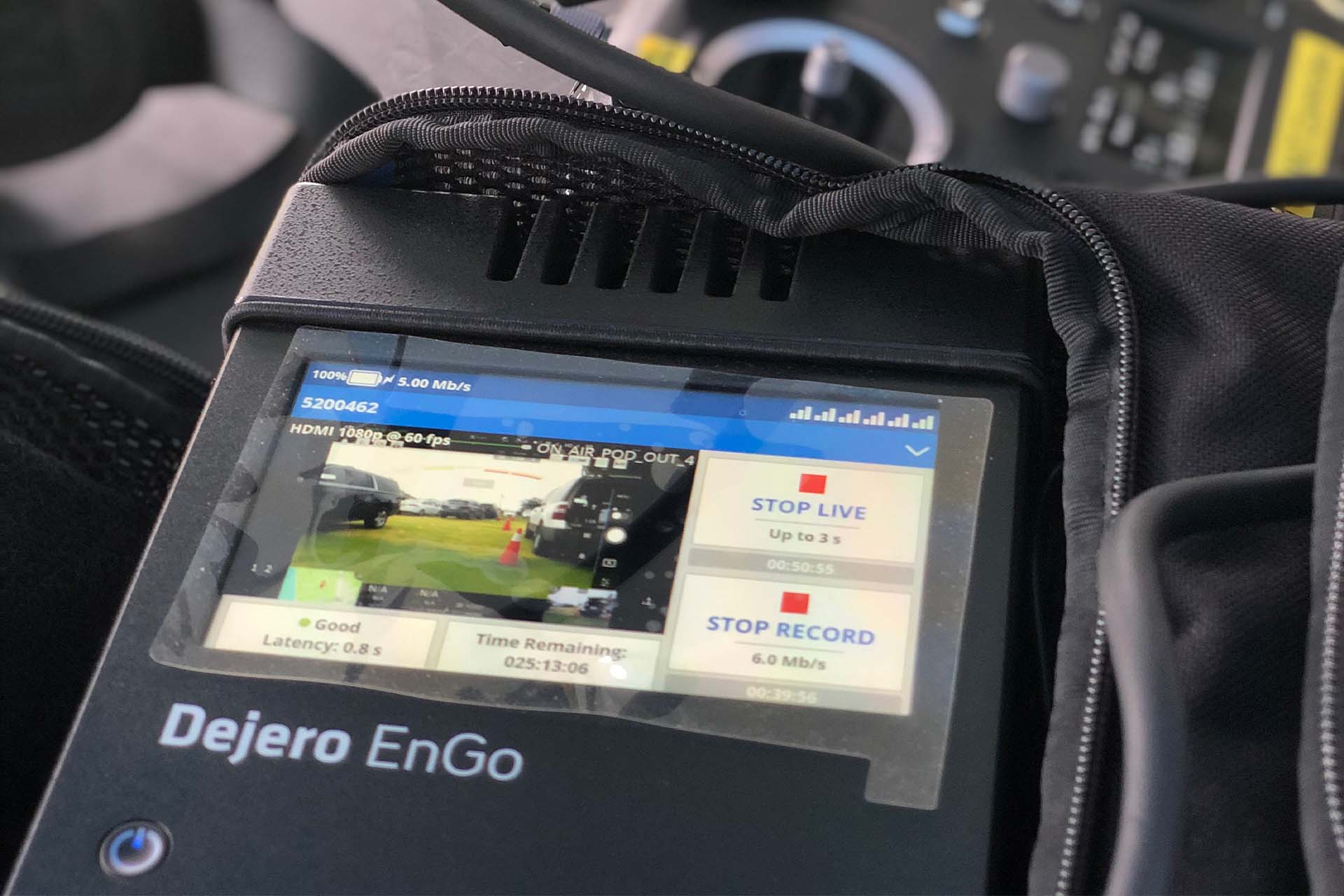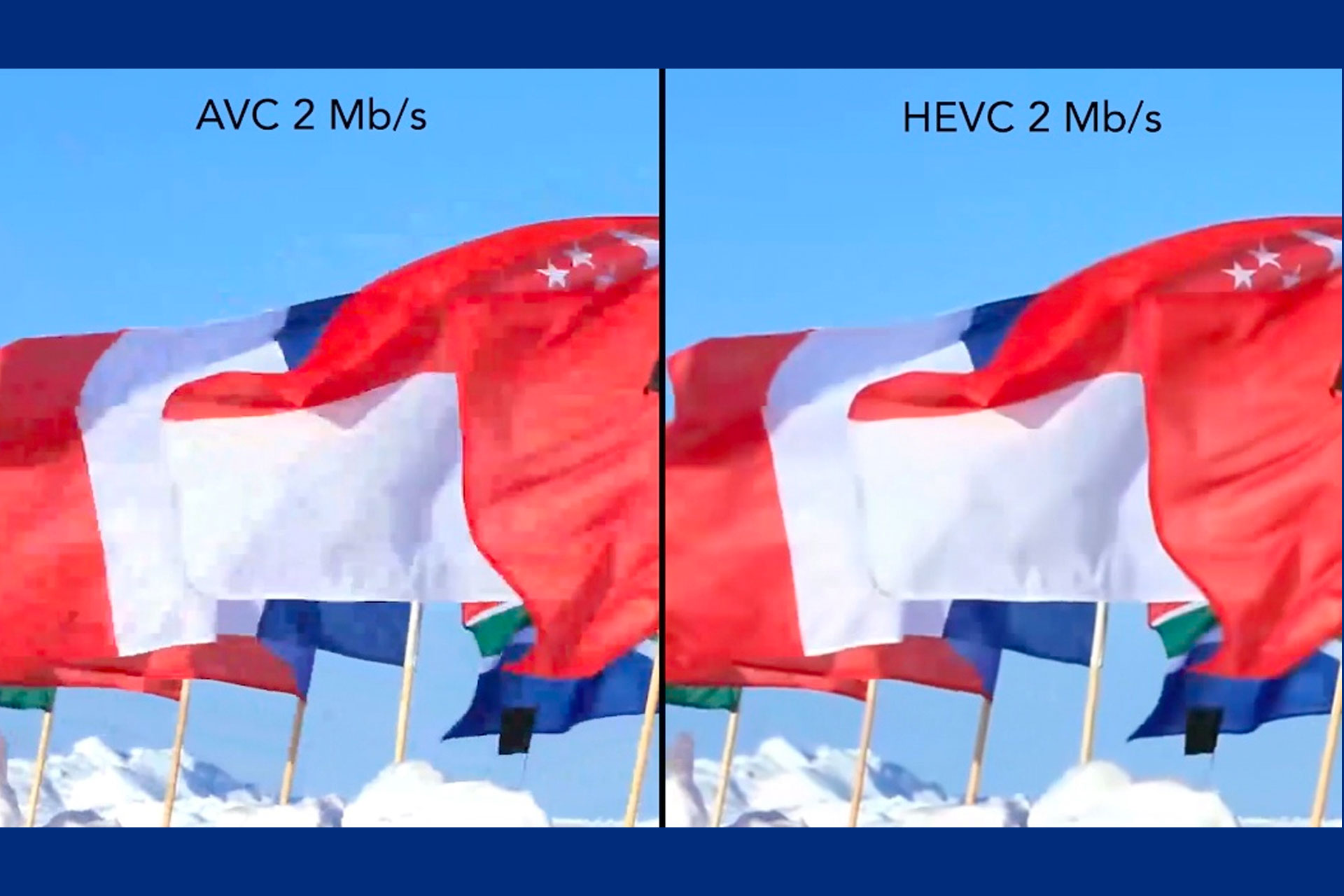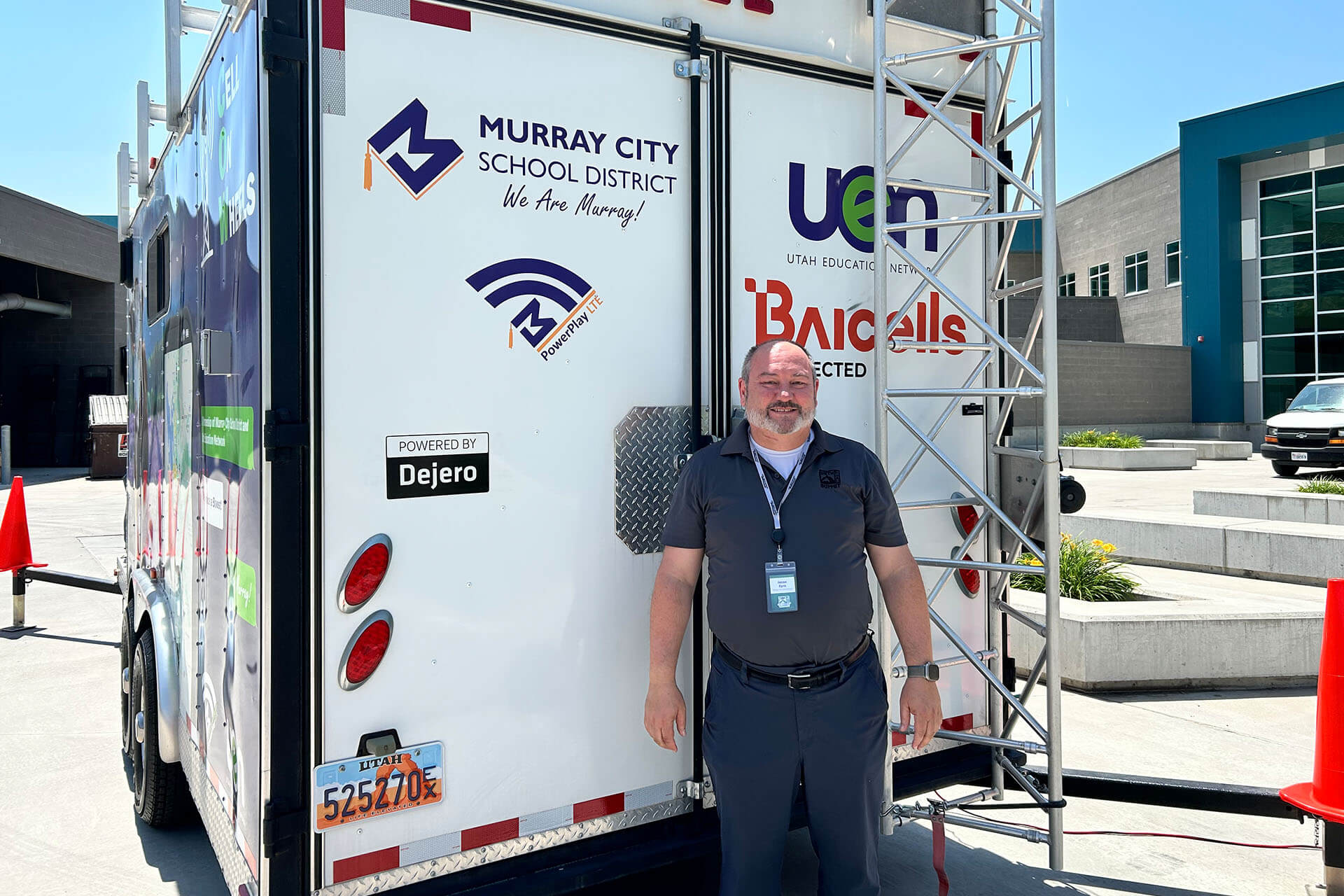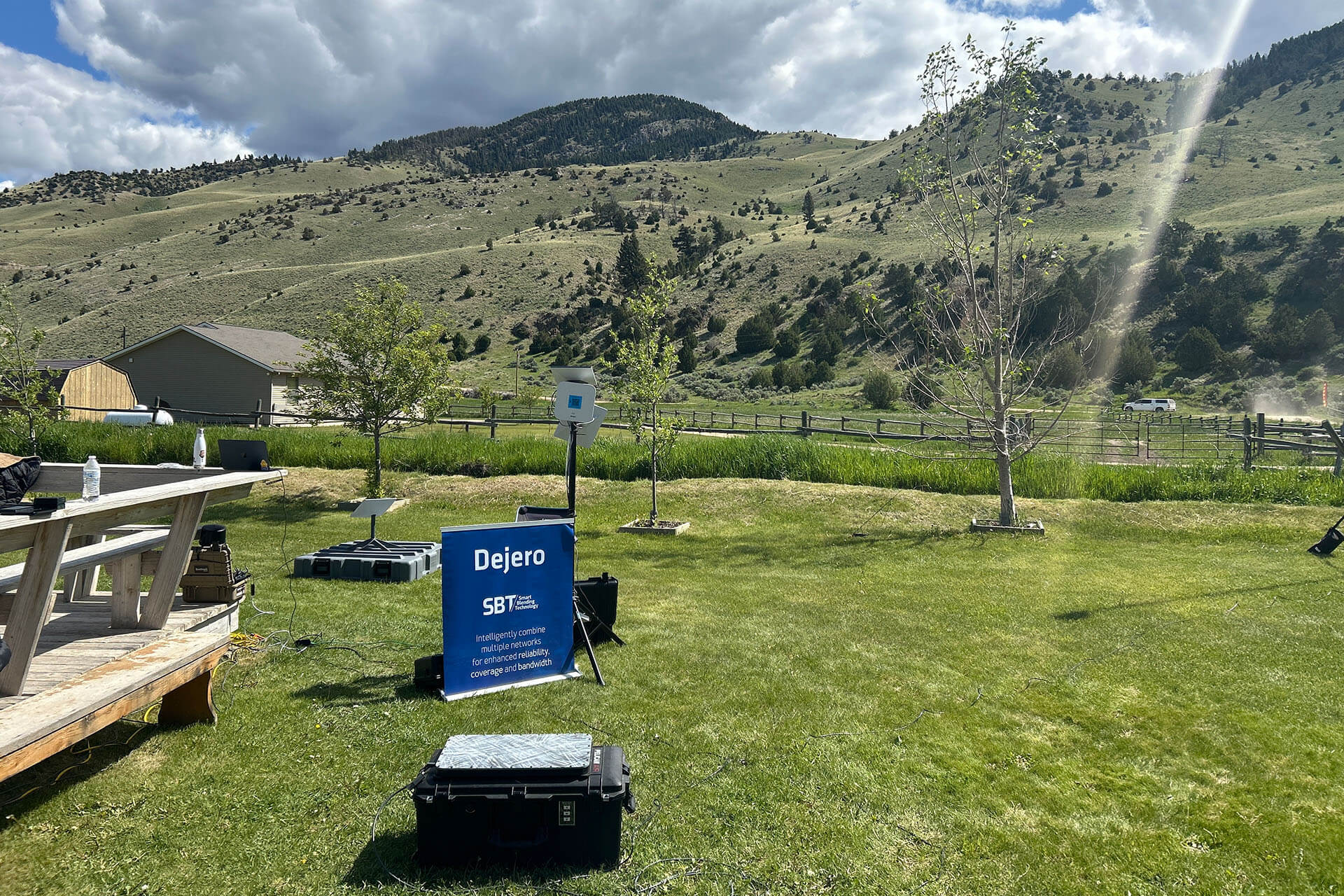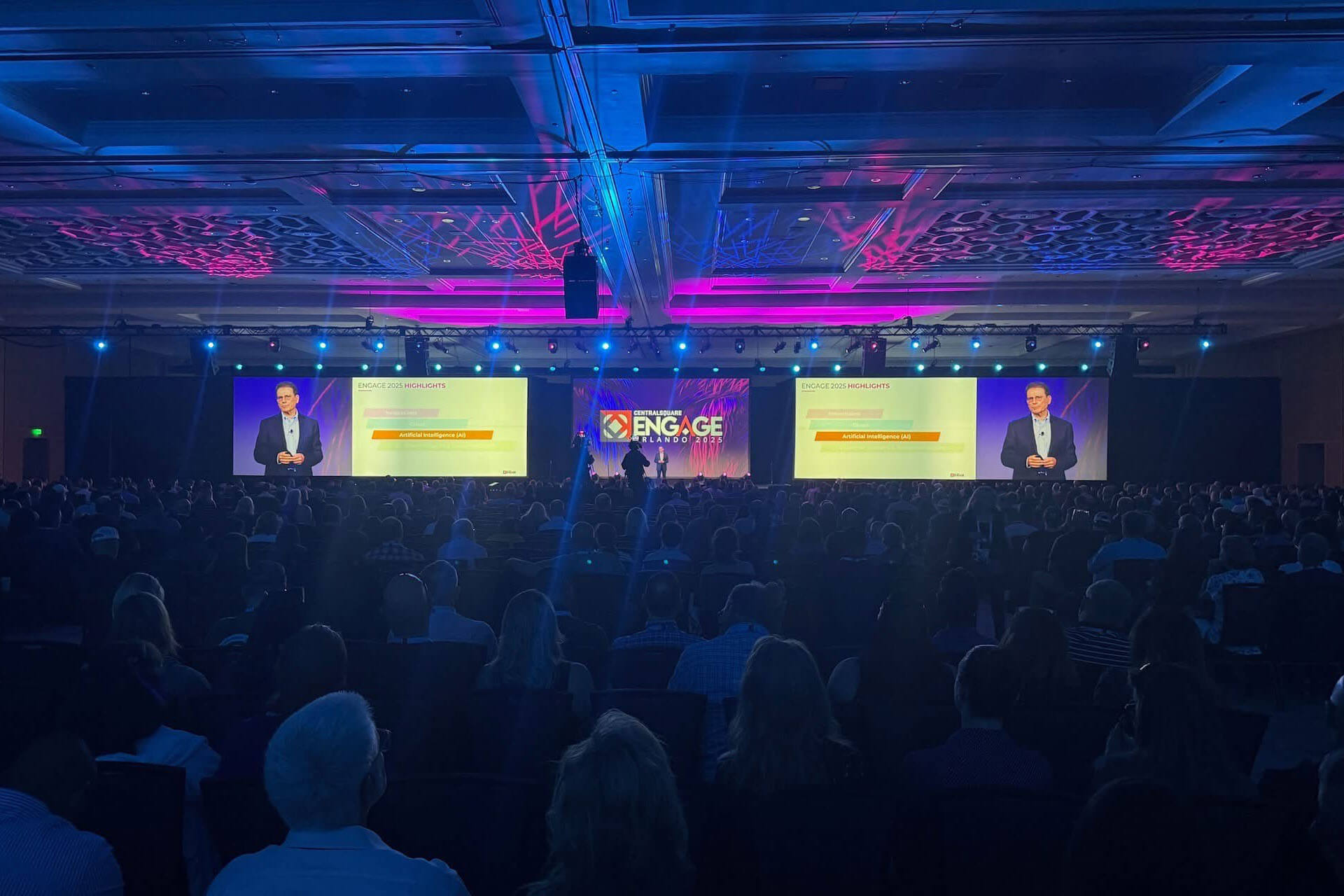High efficiency video coding (HEVC), or H.265 as it's also known, has certainly made a splash in the marketplace. But with all that HEVC promises, has there been much consideration when it comes to using HEVC in low latency live transmission and challenging network conditions? With Dejero's HEVC solution, we've considered the possibilities and have leveraged our auto-transport technology to ensure you're delivering the best video quality to your viewers, no matter the conditions.
Let's start by going over the benefits of HEVC. This new video compression technology promises higher quality pictures using less bandwidth, claiming an improvement in encoding efficiency by up to 50%. This all comes at a cost though. To deliver this level of performance, HEVC requires significantly more compute (which means increased power consumption) and increased look ahead (or delay). This is not ideal for live applications such as remote newsgathering, where encoding and transmission devices need to be highly mobile, power efficient, and operate with low delay encoding.
Luckily, we've factored in that trade-off between performance and practicality.
As with anything we do, our primary focus is on creating solutions that help broadcasters deliver outstanding picture quality with low latency over a wide range of network conditions, including the most challenging network conditions. Currently, our products deliver this using our network blending technology and our unique (patent-pending) auto-transport technology. The integration of adaptive rate HEVC encoding with these patented technologies enables us to further enhance picture quality. You might be wondering how.
One way to think of it is seamlessly switching on-the-fly. We continually measure aggregate (blended) network conditions and automatically adapt the video encoder using a rule-based artificial intelligence approach to select the optimal encoder and resolution to deliver the best video quality under current network conditions–all in real time without you even noticing.
So, how exactly do we do that?
Without getting into the technical specs and mathematics, we use a perceptually motivated measure of video quality to optimize the video encoder over a range of real video content to develop a set of rules that deliver optimum video quality over widely varying network conditions. This forms the basis of our rule-based artifical intelligence that we mentioned earlier. All of this happens automatically (and intelligently) behind the scenes or in the shadows so to speak. What you'll experience is the best picture quality output available under the current network conditions. As for bitrate compression, no need to worry. Using HEVC, we can enable high quality video transmission with as little as 1Mb/s.
The above video shows a side-by-side comparison of the same raw video encoded with H.264 and H.265 using Dejero's auto-transport feature. Auto-transport works with the adaptive rate encoder to scale the video transport according to the available bandwidth to minimize blockiness and video loss while still maintaining the highest possible live video stream. As the bandwidth drops, the resolution scales accordingly.
The first three products supporting auto-transport with integrated HEVC are the Dejero PathWay, the Dejero WayPoint, and the Dejero EnGo. The Dejero PathWay is our next generation rack-mounted encoder/transmitter that can also be used with the Dejero CellSat solution. The Dejero WayPoint is our new 4-output 1U receiver that supports HEVC decodes with SDI or IP playout workflows. It comes with dual redundant power supplies and data redundant RAID storage capabilities.

